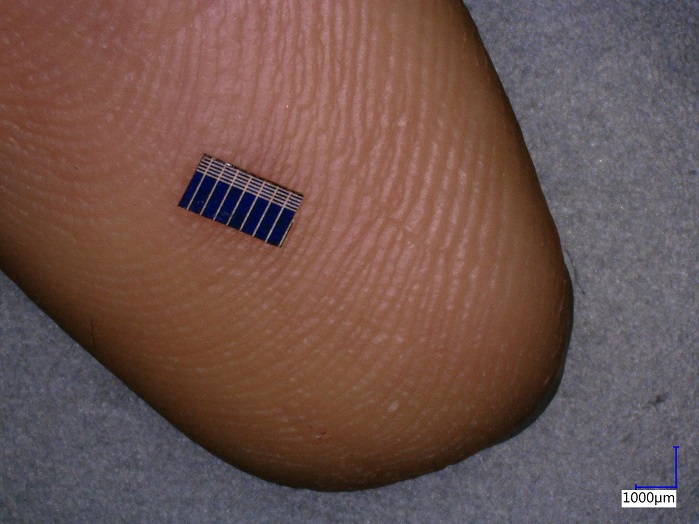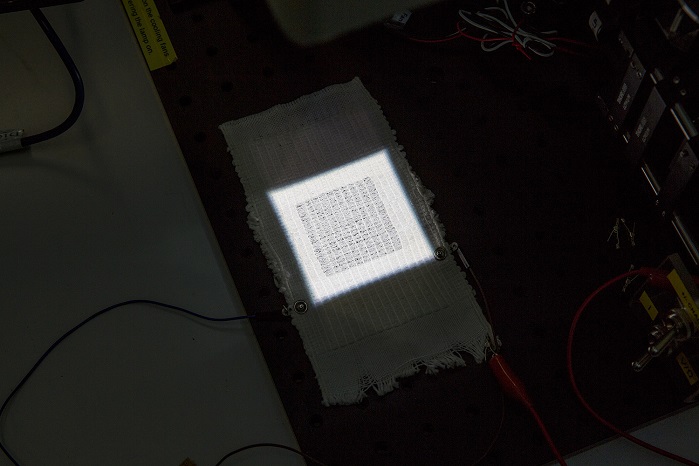Ever wish you could charge your phone while out and about, without the need for a power bank or a wall socket? The future looks bright — you might be able to do just that, with solar energy from your clothes. Scientists in Britain’s Nottingham Trent University have discovered a way to incorporate solar cells into clothing, paving the way for a future where just being outside in the sunlight can keep your devices topped up with the most literally wearable tech imaginable.
It works by incorporating tiny solar cells into a textile-like yarn. Each cell measures only 3mm in length and 1.5mm in width, making them all but invisible to the naked eye. Two hundred cells can fit into a piece of fabric only 5 square centimeters, and those 200 cells are supposedly enough to generate 2.5 to 10 volts and up to 80 milliwatts in power. According to the researchers, just 2,000 of these cells would be enough to charge a smartphone on the go. It’s not just a pipe dream either — the project has proven to provide enough energy to charge both a smartphone and a Fitbit, using only the energy gained from the solar cells.
There’s no need to worry that these “smart textiles” would behave in a different way to normal textiles either. According to the researchers, the cells are so tiny that their presence cannot be felt. As they’re encased in resin, they’re also safe to wash in a normal manner.

“By embedding miniaturized solar cells into yarn, we can create clothing and fabric that generate power in a sustainable way,” said project lead Tilak Dias. “The clothing would look and behave like any other textile, but within the fibers would be a network of miniaturized cells, which are creating electricity.”
It cannot be understated how much of an advance this technology would be. Despite advances, modern technology is still tethered to the nearest power source, and larger batteries have increasingly become the norm, and not having to rely on such large batteries might boost the ability of manufacturers to squeeze in extra tech. The impact on the environment cannot be understated — taking a number of smart devices off the national power grid would also have a huge impact on the ability of humans to live in a more eco-friendly and sustainable manner.
Editors' Recommendations
- 3 reasons why I’ll actually use Anker’s new iPhone power bank
- Does the Moto G Power have NFC?
- Does the OnePlus 12 have wireless charging?
- This is the fastest phone and laptop charger I’ve ever used. Here’s why you need it
- The Fitbit Charge 6 is a fitness tracker and smartwatch hybrid




